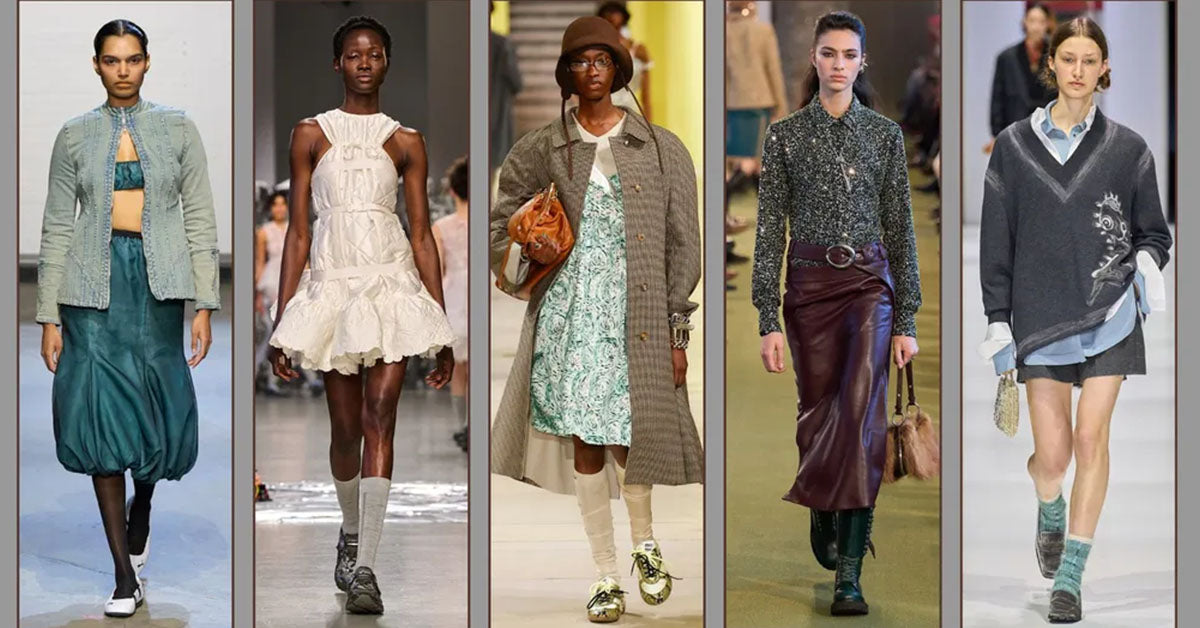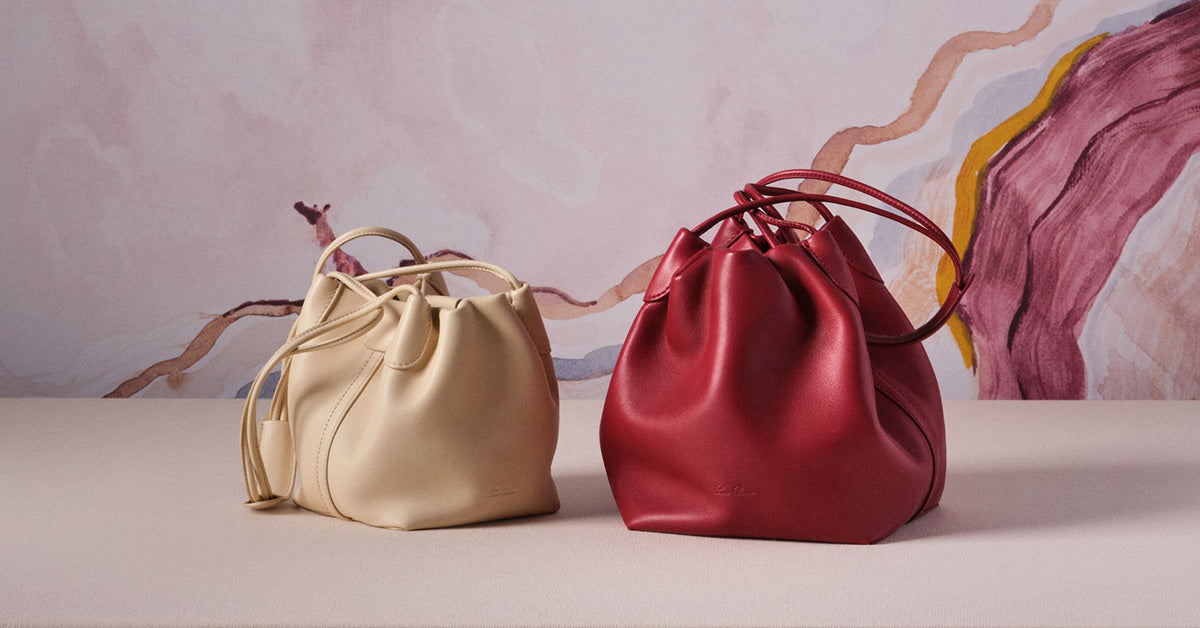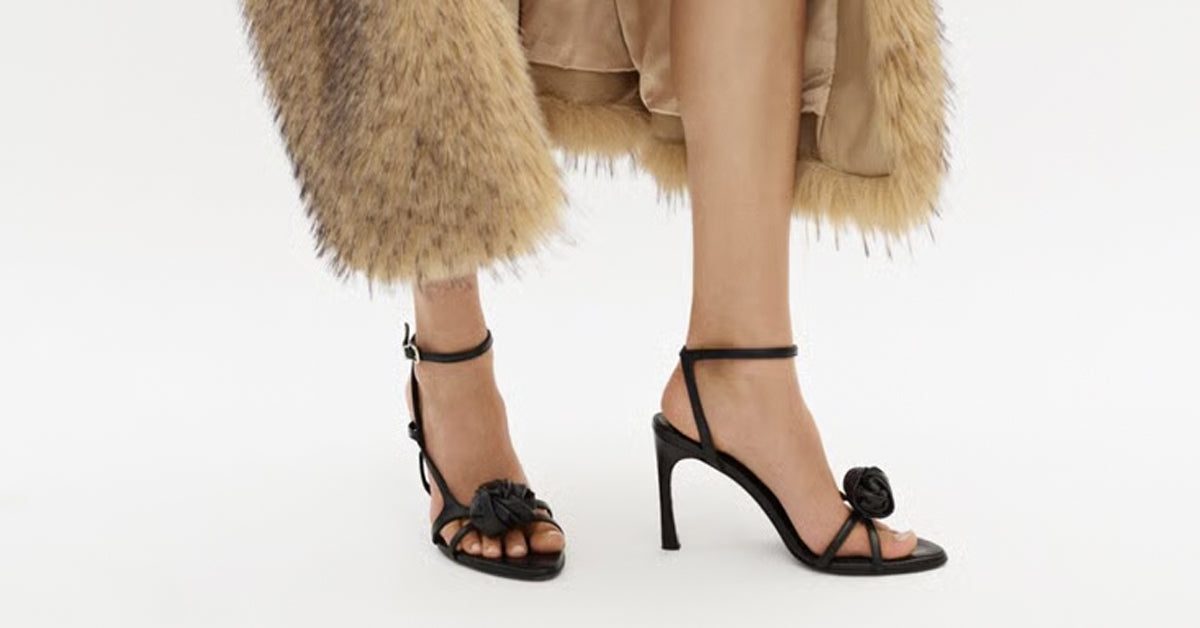Explore with AI & Follow Us
When we talk about iconic traditional garments that have stood the test of time and transcended regional boundaries, the Fustanella stands as a symbol of heritage, pride, and intricate craftsmanship. Though often associated with Greek and Albanian traditional dress, the fustanella tells a rich story woven through centuries of history, politics, and cultural exchange. In this editorial, we delve deep into the world of the fustanella, exploring its origins, design, significance, and continued influence in the world of fashion.
Origin and Historical Background of the Fustanella
The fustanella is a traditional pleated skirt, primarily worn by men, which has its roots in the southern Balkans, especially within Greek and Albanian cultures. The term itself derives from the Italian word “fustagno,” meaning fustian—a heavy cloth—plus the diminutive suffix “-ella.” This etymological lineage hints at the garment’s ancient ties to durable textiles and practical uses.
Historical evidence suggests that garments resembling the fustanella were present as early as the Byzantine period. However, it was during the Ottoman era (15th–19th centuries) that the fustanella became widely recognized as a symbol of national identity and resistance in the Balkans. The garment was worn by Klephts and Armatoloi, groups of mountain warriors and rebels in Greece, as well as Albanian fighters. Over time, the fustanella became intimately associated with the struggle for independence and the assertion of cultural identity.
Design and Construction: What Makes the Fustanella Unique?
The fustanella is remarkable for its pleated structure and the sheer number of pleats, which can range from 200 to over 400 in some variations. Traditionally, it is made from white cotton or linen fabric, meticulously hand-pleated and sewn to create a full, flared silhouette. The skirt typically falls above the knee, allowing for freedom of movement—an essential feature for its original wearers, who were often engaged in physical activities such as marching, dancing, or fighting.
- Length: Usually knee-length or slightly above, to facilitate movement.
- Pleats: Traditionally, the number of pleats is symbolic, sometimes representing historical events or ideals (e.g., 400 pleats for the 400 years of Ottoman rule in Greece).
- Fabric: White cotton or linen, occasionally wool for colder climates.
- Fastening: The fustanella is secured at the waist with a belt or sash, often complemented by an embroidered vest, shirt, and decorative accessories.
The craftsmanship involved in making a fustanella requires precision and patience. Each pleat is individually ironed and stitched in place, resulting in a garment that is both functional and visually striking.
Cultural Significance: More Than Just a Skirt
Beyond its aesthetic appeal, the fustanella carries profound cultural and symbolic significance. In Greece, the fustanella is most famously worn as part of the Evzones uniform—the elite Presidential Guard that stands watch over the Tomb of the Unknown Soldier in Athens. The sight of these guards, resplendent in their starched fustanellas and tasseled caps, is both a tourist attraction and a powerful reminder of national pride.
In Albania, the fustanella is also a key component of traditional male dress, especially in the southern regions. Here, it is often paired with richly embroidered waistcoats, sashes, and distinctive headgear. The garment is worn during major festivals, weddings, and national holidays, connecting present generations with their ancestral heritage.
- Symbol of resistance and freedom: The fustanella was worn by revolutionaries and freedom fighters.
- Marker of cultural identity: Each region has its own variations and embellishments.
- Ceremonial use: Essential for national celebrations, folk dances, and important state events.
Fustanella in Modern Fashion and Popular Culture
While the fustanella is primarily viewed as a traditional or ceremonial garment today, its influence has subtly permeated the world of contemporary fashion. Designers from the Balkans and beyond have drawn inspiration from the garment’s architectural pleats, flared silhouette, and symbolic meaning. Runway collections have featured modern reinterpretations of the fustanella, blending heritage with high fashion.
Additionally, the fustanella is a recurring motif in photography, film, and art, often used to evoke themes of heroism, national pride, and historical continuity. Its presence in museums and cultural exhibitions continues to educate new audiences about its significance and evolving legacy.
Regional Variations and Global Influence
While the Greek and Albanian versions of the fustanella are the most widely recognized, similar garments exist in neighboring countries, including North Macedonia, Bulgaria, and Romania. Each region adapts the fustanella to its local climate, aesthetic preferences, and customs.
- Greek Fustanella: Knee-length, very full, worn with a white shirt, vest, and tsarouhia (pom-pom shoes).
- Albanian Fustanella: Sometimes longer, often paired with richly embroidered vests and sashes.
- Other Balkan Variations: Adapted in length, pleat number, and decoration according to local tradition.
The global fashion landscape has also seen echoes of the fustanella’s design in pleated skirts, kilts, and even avant-garde menswear, demonstrating the garment’s lasting impact.
Why the Fustanella Endures: Timeless Style and Meaning
The fustanella’s enduring popularity lies in its blend of function, beauty, and symbolism. It is a garment that tells a story—of struggle, resilience, and cultural pride. For those who wear it, whether on the parade ground or the dance floor, the fustanella is more than just clothing; it is a living link to the past and a proud declaration of identity.
As fashion continues to explore the intersection of tradition and innovation, the fustanella stands as a reminder that history is always in style.
Frequently Asked Questions About the Fustanella
-
1. What is the fustanella made of?
Traditionally, the fustanella is made from white cotton or linen fabric. Wool versions exist in some regions, especially for colder climates. -
2. Who typically wears the fustanella?
The fustanella is traditionally worn by men in Greece, Albania, and other Balkan countries, particularly during national celebrations, folk dances, and ceremonial events. -
3. What do the pleats in the fustanella symbolize?
In some traditions, the number of pleats in the fustanella is symbolic. For example, 400 pleats in Greek versions are said to represent the 400 years of Ottoman rule. -
4. Is the fustanella still worn today?
Yes, the fustanella is still worn today, mainly in ceremonial contexts such as by the Greek Presidential Guard (Evzones), in traditional dances, and during cultural festivals. -
5. How does the fustanella differ from a kilt?
While both are pleated skirts worn by men, the fustanella is shorter, features more pleats, and is part of Balkan tradition, whereas the kilt is a longer, tartan-patterned garment of Scottish origin.
Explore with AI & Follow Us










